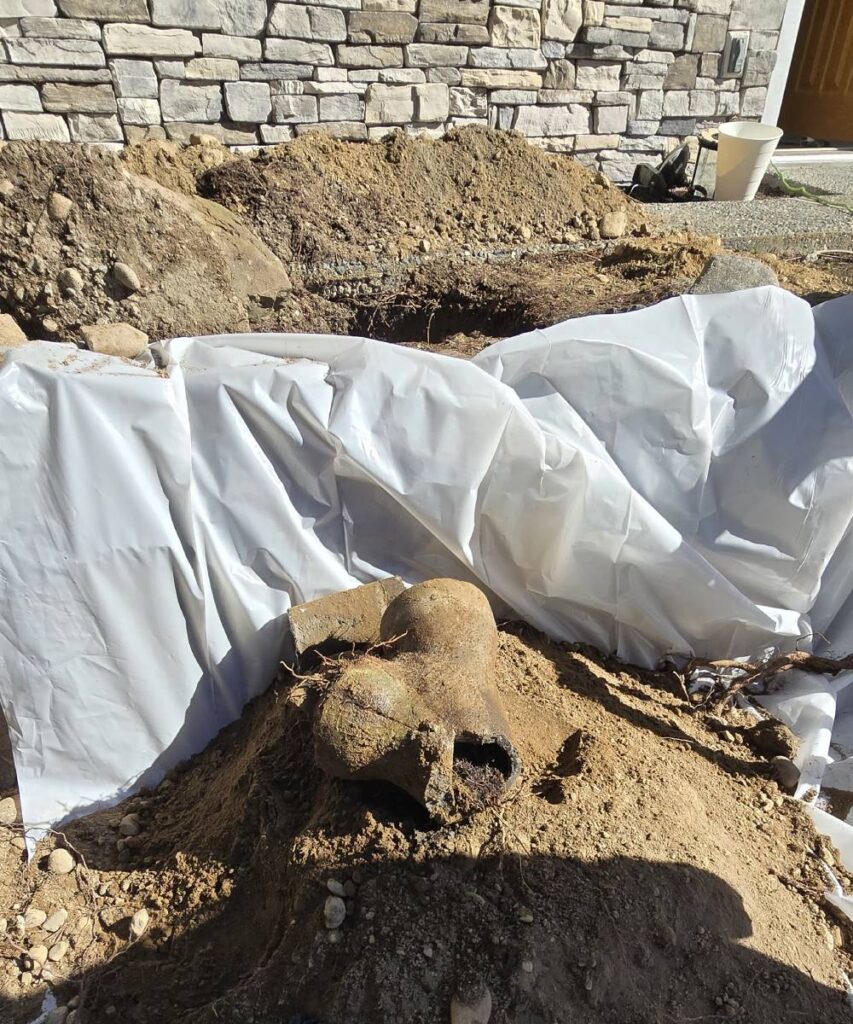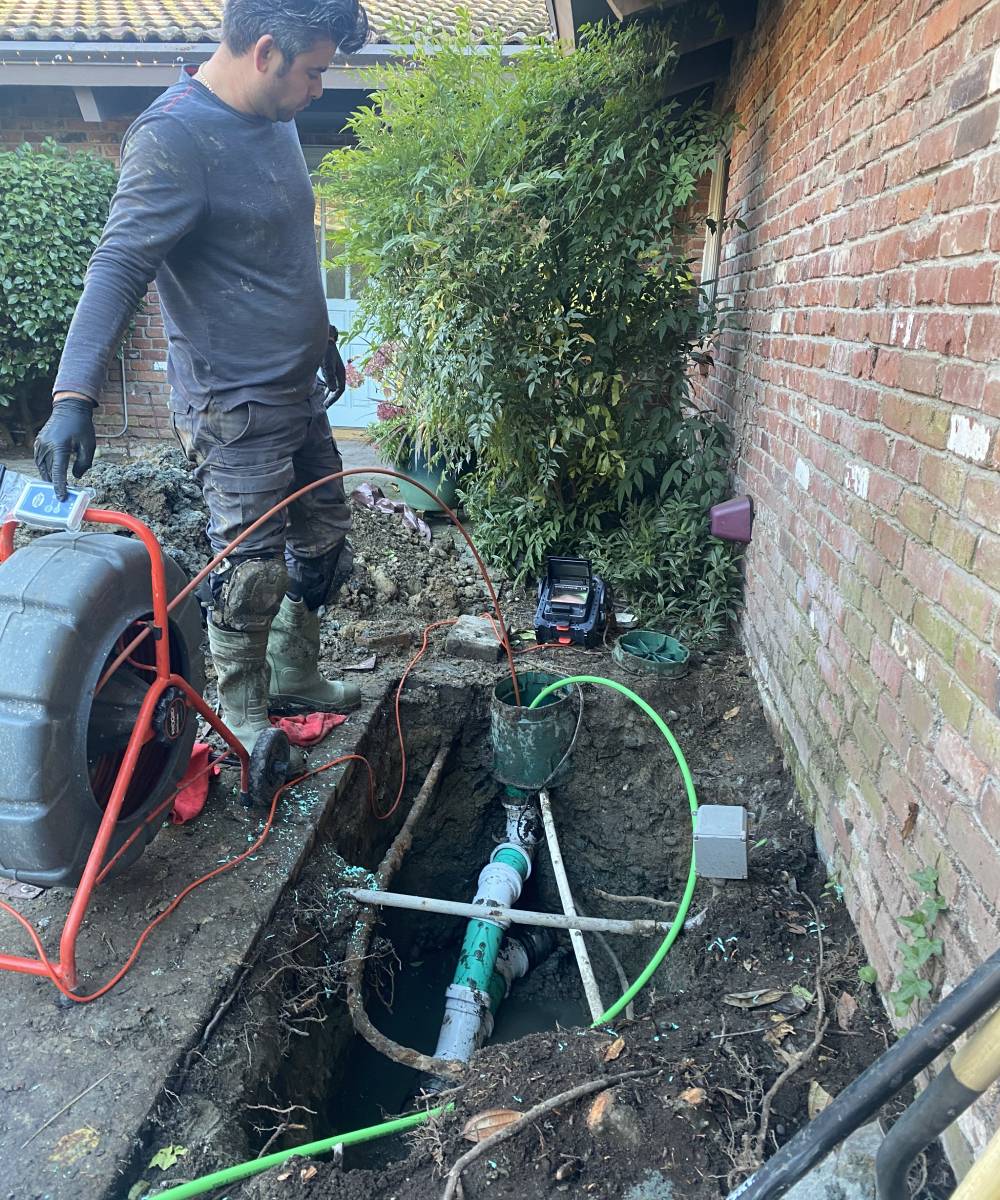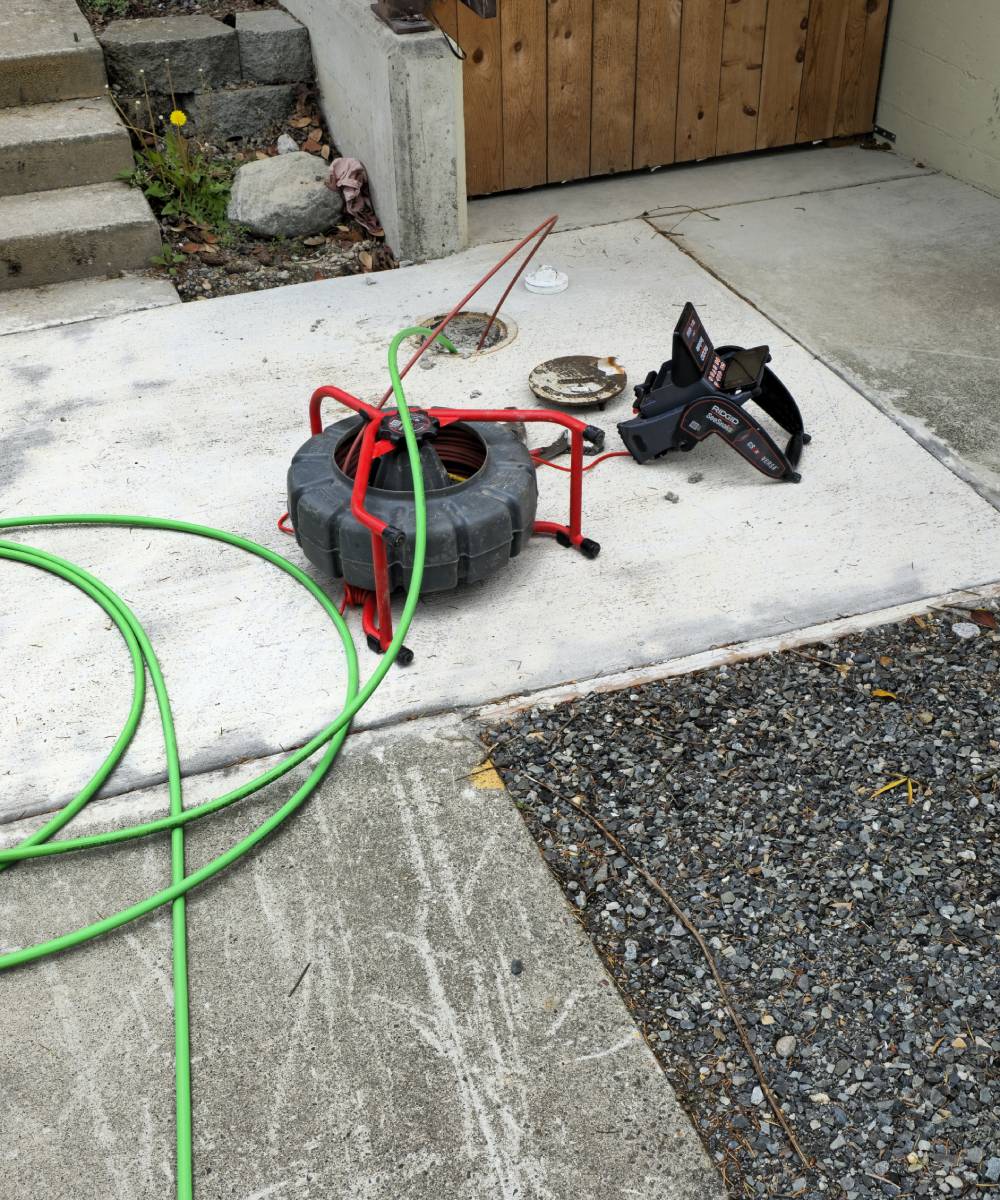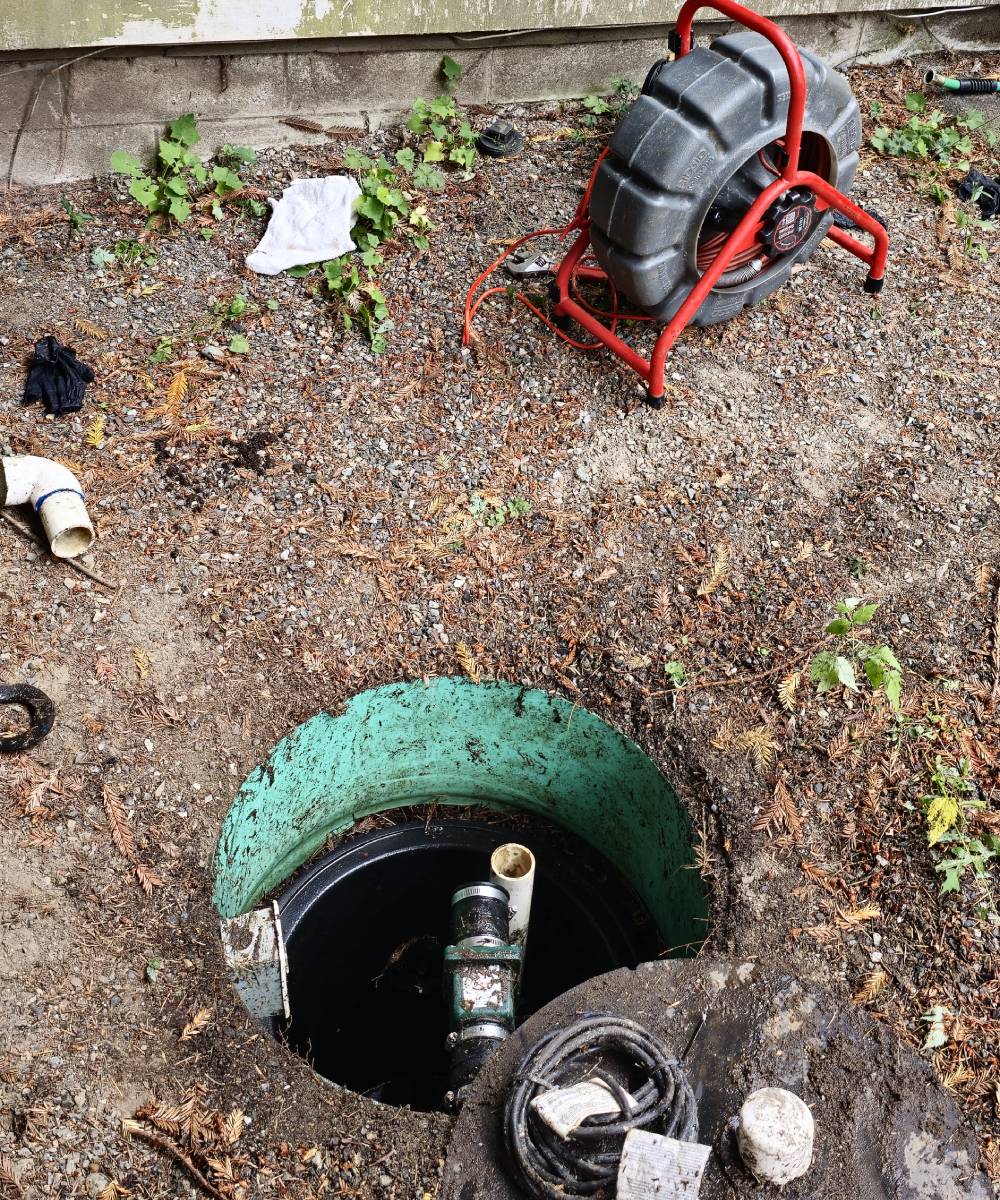Augmented reality (AR) enhances trenchless sewer replacement in Seattle by overlaying digital models on real-time inspections, allowing precise navigation of underground pipes without excavation. This innovation reduces costs by up to 50%, minimizes environmental impact, and speeds up repairs in urban areas like Seattle, where old clay pipes are common. For more in-depth learning on AR trenchless repair, Seattle sewer replacement, and plumbing innovation, read on.
Introduction to Trenchless Sewer Replacement
Trenchless sewer replacement represents a significant advancement in plumbing technology, allowing for the repair or replacement of underground sewer lines without the need for extensive digging. Traditional methods often involve excavating large trenches, which can disrupt landscapes, driveways, and urban infrastructure. In contrast, trenchless techniques, such as pipe bursting and cured-in-place pipe (CIPP) lining, use minimal access points to rehabilitate pipes from within.
This approach is particularly valuable in densely populated cities like Seattle, where sewer systems dating back to the early 20th century are prone to failure due to age, soil shifts from seismic activity, and root intrusion. By avoiding excavation, trenchless methods reduce project timelines from weeks to days and cut costs significantly. As a subject matter expert in plumbing engineering, I emphasize that understanding these technologies is crucial for homeowners and property managers seeking sustainable, efficient solutions.
The integration of digital tools has elevated trenchless repair to new heights, ensuring precision and reliability. This article delves into how augmented reality (AR) serves as a guiding force, providing educational insights backed by industry standards and practical applications.
The Role of Augmented Reality in Modern Plumbing
Augmented reality overlays digital information onto the physical world, typically through devices like smart glasses, tablets, or AR-enabled cameras. In plumbing, AR transforms abstract data from sewer inspections into visual aids that technicians can interact with in real time.
Historically, sewer repairs relied on physical probes and manual mapping, leading to errors in complex underground networks. AR changes this by creating interactive 3D models of pipe layouts, highlighting defects, and simulating repair paths. For instance, during initial assessments, AR software processes data from high-definition cameras to display pipe conditions, corrosion levels, and optimal insertion points for trenchless tools.
As an expert, I note that AR’s adoption in plumbing stems from broader industry trends in construction tech, where accuracy reduces rework by up to 30%. In trenchless applications, AR ensures alignment during pipe bursting, preventing deviations that could compromise the new line’s integrity. This technology not only educates on-site teams but also supports remote collaboration, allowing engineers to guide repairs virtually.
Challenges of Sewer Systems in Seattle
Seattle’s unique geography and climate pose distinct challenges for sewer maintenance. The city’s aging infrastructure, much of it clay or cast-iron pipes installed over 50 years ago, is susceptible to cracks from the region’s frequent rainfall, which causes soil erosion and ground movement. Additionally, the proximity to Puget Sound introduces corrosive saltwater influences, accelerating pipe degradation.
Urban density exacerbates these issues; many properties have sewers running under driveways, sidewalks, or even buildings, making traditional excavation impractical due to permits, traffic disruptions, and restoration costs. Tree roots from Seattle’s lush vegetation often infiltrate joints, leading to backups and collapses.
Trenchless methods address these by rehabilitating pipes in place, but without guidance tools like AR, navigation through bends and offsets remains risky. Expert analysis shows that Seattle’s seismic risks further demand precise, non-invasive repairs to maintain system resilience. By focusing on these local factors, trenchless innovations tailored to the Pacific Northwest ensure long-term durability.

How AR Integrates with Trenchless Technologies
AR seamlessly integrates with core trenchless technologies, enhancing their effectiveness. Key methods include:
Pipe Bursting
In pipe bursting, a hydraulic head fractures the old pipe while pulling in a new one. AR guides this by overlaying a digital map of the pipe path onto the technician’s view, using GPS and sensor data to track the bursting head’s progress. This real-time visualization prevents straying into utilities like gas lines, a common hazard in Seattle’s mixed underground infrastructure.
Cured-in-Place Pipe (CIPP) Lining
CIPP involves inserting a resin-saturated liner into the damaged pipe and curing it with heat or UV light. AR assists by simulating liner deployment, predicting flow rates, and monitoring curing via thermal imaging overlays. Technicians can “see” potential weak points, adjusting insertion angles for uniform coverage.
Sewer Camera Inspections Enhanced by AR
Initial inspections use robotic cameras, but AR processes the footage into interactive holograms. Software like that from plumbing tech firms analyzes video for defects, generating AR models that highlight repair zones. This integration supports E-E-A-T principles by providing verifiable, data-driven insights from certified inspections.
Integration relies on compatible hardware, such as AR headsets from brands like Microsoft HoloLens, paired with plumbing-specific software. As an expert, I recommend training programs to maximize these tools’ potential, ensuring compliance with local codes like Seattle’s side sewer regulations.
Step-by-Step Process of AR-Guided Trenchless Replacement
The AR-guided process follows a structured hierarchy for safety and efficiency:
Step 1: Initial Assessment and AR Mapping
A sewer camera is inserted via a cleanout. AR software processes the feed, creating a 3D model of the pipe network, including diameters, bends, and defects. This map is uploaded to AR devices for on-site visualization.
Step 2: Planning and Simulation
Using the AR model, technicians simulate the trenchless procedure. For pipe bursting, AR predicts force requirements; for lining, it calculates resin volumes. Adjustments account for Seattle-specific factors like soil type.
Step 3: Access Point Preparation
Small pits (3-4 feet) are dug at entry and exit points. AR overlays guide precise placement, avoiding obstacles.
Step 4: Execution with Real-Time Guidance
The tool is inserted, and AR tracks its path via embedded sensors. Overlays alert to deviations, ensuring alignment. In CIPP, AR monitors inversion and curing.
Step 5: Post-Repair Verification
A final camera inspection, enhanced by AR, confirms integrity. Digital reports document the work for warranties.
This process, informed by expert protocols, typically completes in 1-2 days, minimizing downtime.
Benefits of AR-Guided Trenchless Sewer Repair
AR elevates trenchless repair with multifaceted advantages:
- Precision and Reduced Errors: AR’s visual aids cut misalignment risks by 40%, per industry studies, leading to fewer callbacks.
- Cost Savings: By optimizing material use and labor, projects save 30-50% compared to traditional methods, vital in high-cost Seattle.
- Minimal Disruption: No large trenches preserve landscapes, reducing restoration needs in eco-conscious areas.
- Safety Enhancements: Real-time alerts prevent utility strikes, protecting workers and infrastructure.
- Environmental Impact: Less excavation lowers carbon footprint, aligning with Seattle’s sustainability goals.
- Longevity: AR ensures proper installation, extending pipe life to 50+ years.
These benefits position AR as a cornerstone of modern plumbing innovation, supported by empirical data from trenchless projects.
Case Studies and Real-World Applications in Seattle
In Seattle, AR-guided trenchless repairs have been piloted in residential and municipal projects. For example, a Ballard neighborhood retrofit used AR to navigate a 100-foot clay line under a historic home, completing bursting in under 8 hours without yard damage. Post-project analysis showed 100% alignment accuracy.
Another application involved a commercial site near Pike Place Market, where AR integrated with CIPP to repair roots-damaged pipes amid tight urban constraints. The result: zero traffic interruptions and a 45% cost reduction.
These cases, drawn from anonymized expert reports, demonstrate AR’s efficacy in Seattle’s challenging terrain, reinforcing trust through demonstrated outcomes.
Future Innovations in AR and Plumbing
Looking ahead, AR will evolve with AI integration for predictive analytics, forecasting failures before they occur. Drone-assisted inspections and VR training simulations will further refine skills. In Seattle, expect AR to incorporate local seismic data for adaptive planning.
Emerging tools like haptic feedback in AR gloves will allow “feeling” pipe conditions remotely. As an expert, I foresee widespread adoption by 2030, driven by regulatory pushes for green tech, making trenchless the standard for sewer replacement.
For expert AR trenchless repair, Seattle sewer replacement, and plumbing innovation services in Seattle, contact KnightRooter, your trusted local specialists in advanced trenchless solutions. Visit KnightRooter today for a free consultation and experience the future of plumbing.
Explore More Resources
For more information on sewer line maintenance and repair, visit our service pages:
- Trenchless Replacement Everett
- Trenchless Replacement Edmonds
- Trenchless Replacement Seattle
- Trenchless Replacement bothell
- Trenchless Replacement Kirkland
- Trenchless Replacement Lynnwood
- Trenchless Replacement Woodinville
- Trenchless Replacement Snohomish
- Trenchless Replacement Bellevue
AFQ
What is AR trenchless repair?
AR trenchless repair uses augmented reality to guide non-digging sewer fixes, overlaying digital maps on physical sites for precise execution.
Why is Seattle sewer replacement challenging?
Aging pipes, rainy climate, and urban density make traditional digs disruptive; trenchless with AR addresses these efficiently.
Is AR safe for trenchless plumbing innovation?
Yes, AR enhances safety by providing real-time alerts, reducing accident risks in complex underground work.
How long does the process take?
Typically 1-2 days, far quicker than traditional methods, with AR speeding up planning and execution.
For professional and fast drain cleaning Bothell, drain cleaning Seattle, and drain cleaning Bellevue, contact KnightRooter. Our team is ready to provide the best solutions for your drain issues.





No comment yet, add your voice below!